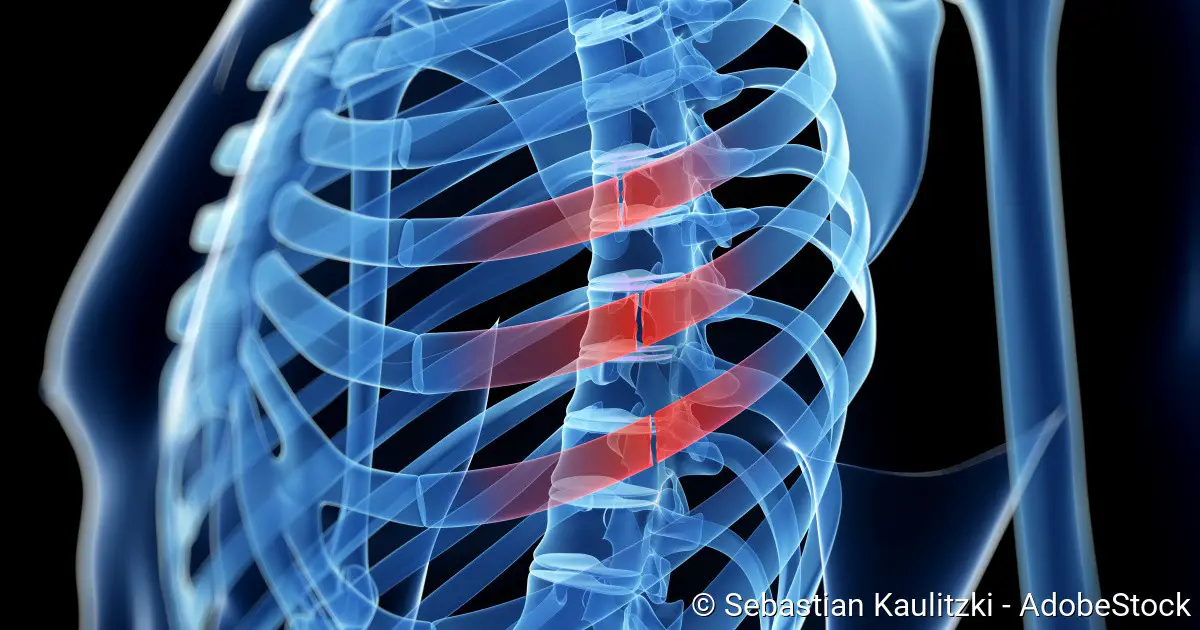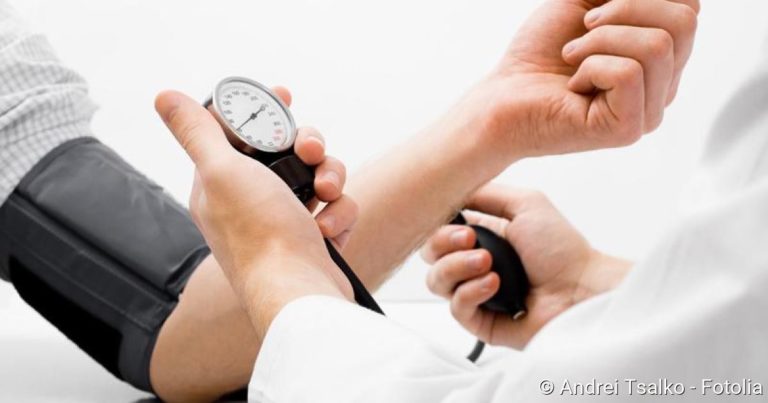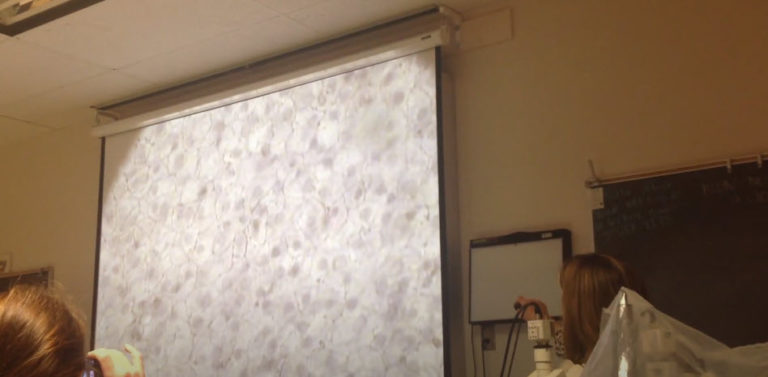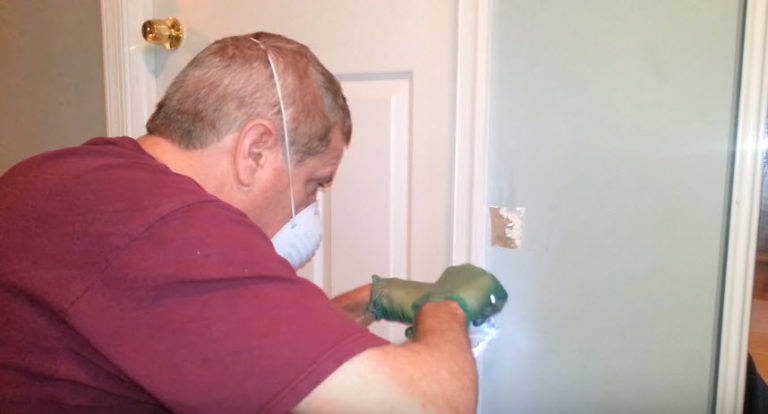Rib fracture (Broken Ribs): symptoms, treatment, healing time
Rib Fracture (Broken ribs)
A rib fracture is a bony injury to the ribs (Source), which is usually very painful (Source). Due to its anatomical position, the fourth to ninth rib is most frequently affected (Source). Find out here how to help a person affected by a rib fracture, how the doctor can diagnose and treat the rib fracture (Source) and how long the healing process takes (Source).
ICD codes for this disease: S22 S27 J94 J93

Brief overview
- What to do in case of a broken rib (rib fracture)? Calm the person affected, immobilize the upper body/arm of the injured side, take the patient to the doctor or call an emergency doctor
- Risks of broken ribs (rib fracture): including injury to lungs, heart, other organs or nerves
- When to see a doctor? Always to make sure that there are no complications or concomitant injuries.
- If a rib has been broken before, it is more susceptible to being fractured again. Doctors, therefore, recommend refraining from contact sports (football, hockey etc.) in such cases.
- Since the patient often avoids coughing and deep inhalation and exhalation when breaking the ribs due to pain, there is always the risk of pneumonia.
Description Of Rib Fracture
A broken rib (rib fracture) is the most common injury to the rib cage, mostly from the 4th to 9th rib (Source). If one and the same rib is broken not only in one place but also in another place at the same time, it is a fracture in pieces (fracture in pieces). If the doctor diagnoses a serial rib fracture, someone has broken three or more ribs on the same side of the thorax.
First Aid In The Cases Of Broken Ribs
In general, first aid for a fractured rib is recommended to immobilize the injured part of the body. In the case of an arm or leg fracture, this is relatively easy to do. It is more difficult in the case of a broken rib (rib fracture) – the person affected has to continue breathing, and each time the broken rib (rib fracture) is moved slightly. Nevertheless, as a first aider you can do something about a broken rib (rib fracture):
- Calm the person affected.
- Place the affected person’s arm in a sling (e.g. triangular sling) on the injured side. If necessary, you can fix the sling with another cloth which you wrap around the upper body of the injured person.
- Alternatively, you can carefully wrap an elastic bandage around the victim’s ribcage at the level of the fracture.
- What else you can (and should) do in the event of a rib fracture: Take the injured person to a hospital or call an ambulance.
Causes Of Rib Fracture
A broken rib (rib fracture) is usually the result of direct or indirect trauma, i.e. an external force. This happens, for example, when someone slips in the bathroom and bangs their ribs against the sink or the edge of the bathtub. A fall in the stairwell is also often the cause of broken ribs.
More rarely, a rib fracture is a fracture caused by illness. For example, bone metastases (daughter tumours of a tumour in the bone) and osteoporosis (bone loss) can be the cause of a broken rib (rib fracture).
Symptoms
Typical broken ribs symptoms are pain over the affected side, which increases when breathing in and out deeply, coughing, sneezing and when moving. Pressing on the broken rib also hurts. You may also hear a sound (like crunching) and feel an accumulation of air (skin emphysema). In some cases, you may feel the broken rib from the outside as a step in the skin. This applies to a closed fracture. In an open broken rib, a fragment of the bone protrudes from the skin.
With the naked eye, it is not possible to distinguish between rib contusion (bone intact) and rib fracture (bone broken). Even the symptoms are similar. Only a doctor can then make the correct diagnosis.
Risks
It usually becomes dangerous when the broken rib is accompanied by other injuries or complications:
- Particularly in the case of rib series fractures, air or blood can get into the space between the pleura and the lung (pleural space) – a pneumothorax (abnormal accumulation of air in the ribcage) or haematothorax (accumulation of blood in the thoracic cavity) develops.
- If air collects in the mediastinum, the result is a so-called pneumomediastinum.
- In the case of a serial rib fracture, breathing may be restricted – not only because of the pain but also because of the unstable chest wall.
- In an accident, in addition to a broken rib (rib fracture), the lung can be bruised or injured.
- If the first or second rib is broken in an accident, large vessels can be injured (such as the subclavian artery and vein and the aorta).
- The accident may also result in the lungs being bruised.
- Accompanying injuries to the trachea, heart muscle, surrounding nerves and (in the case of a fracture of the lowest ribs) the liver, spleen, kidneys and diaphragm are also possible.
- If not only a rib but also the breastbone is broken, the heart and lungs can also be crushed. The thoracic spine can also be damaged.
When to see a doctor?
You should always see a doctor if you suspect a broken rib. The expert for such an injury is a specialist in orthopaedics and accident surgery.
Medical help is particularly urgent if the injured person has increasing difficulty breathing and is experiencing circulatory problems. Both indicate a complex chest injury.
Diagnosis And Examinations
The attending physician will first ask you or the injured person exactly how the broken rib (rib fracture) came about, what symptoms occur and whether there are any previous illnesses (such as osteoporosis) (medical history). Possible questions in this interview are, for example
- Did an accident cause the injury? If so, how did it happen?
- Where exactly does it hurt?
- Can you describe the pain in more detail (stabbing, dull, etc.)?
- Are there any other symptoms?
- Have there been previous injuries or previous damage in this area?
After the interview, the doctor will physically examine the patient. He will examine the injured area and pay attention to abnormalities such as malpositions or swellings. By applying targeted and gentle pressure on the rib cage, he can more precisely localise the site of the possible rib fracture. The doctor also taps and listens to the lungs to get indications of possible concomitant injuries (such as an accumulation of air or blood in the pleural space).
Imaging techniques can confirm the suspicion of a rib fracture (broken ribs) and provide details about the type and extent of the injury. Essentially, this involves an x-ray of the rib cage (chest x-ray).
If no fracture is visible on the first X-ray, this does not necessarily rule out a rib fracture. Often a rib fracture can only be detected on an X-ray after weeks if a callus (newly formed bone tissue) is visible.
Sometimes the doctor also orders a computer tomography (CT), for example, if the X-ray images are unclear or further injuries are suspected (e.g. to the lungs).
In case of a deep rib fracture (fracture of the ninth to twelfth rib), the doctor must check whether the liver (right side) or the spleen (left side) is also injured. This is usually done during an ultrasound examination.
Treatment Of Rib Fracture (Broken Ribs)
Only rarely does the doctor have to operate on a broken rib. In most cases conservative treatment is sufficient.
For young athletic patients with an isolated rib fracture (broken ribs), a tape or roof tile bandage can be applied. Normally, however, the rib fracture (broken ribs) is not fixed with a bandage, otherwise, there is a risk that the patient will develop pneumonia – with a bandage applied to the rib cage, some patients breathe too shallowly so that the lungs are not sufficiently ventilated.
Essentially, the conservative treatment of a rib fracture (broken ribs) consists of pain therapy and breathing therapy.
Treatment of pain
The pain of a broken rib can be relieved in several ways:
- For moderate to moderate pain, the patient can take non-steroidal analgesics (including diclofenac and ibuprofen). Opioids (very strong painkillers) are required for severe pain.
- For a nerve block, the doctor will inject a local anaesthetic at the lower edge of the rib in question. This numbs the intercostal nerves, leaving the patient pain-free for about six to eight hours.
- In thoracic peridural anaesthesia, the doctor injects painkillers or local anaesthetics into the peridural space located in the spinal canal. This inhibits the pain-conducting nerve fibres for some time.
Thoracic epidural anaesthesia is used in particular for severe pain, serial rib fractures (broken ribs) and bilateral fractures.
Respiratory therapy For Rib Fracture
Physical respiratory therapy is the second pillar of treatment for rib fractures (broken ribs). Here, the patient is instructed to breathe more deeply. In addition, certain breathing techniques, as well as inhalations, help to expectorate bronchial secretions (prevention of pneumonia!). Respiratory therapy can be carried out on an outpatient basis.
Inpatient treatment
Some patients with rib fractures (broken ribs) have to be treated as in-patients in the hospital. This may be necessary, for example, in the event of a serial rib fracture (broken ribs) or a fracture of the first to third ribs. The patients can be carefully monitored and treated in hospital.
Inpatient treatment is also usually necessary in the event of complications and serious concomitant injuries.
Prognosis
The fracture of a rib is usually harmless and heals without complications.
In the case of a serial rib fracture (serial broken ribs, i.e. fracture of three or more ribs), the respiratory mechanics may be impaired. More rarely, a fractured rib causes an injury to the pleura, which leads to a pneumothorax (air chest). If left untreated, these complications of a broken rib can become life-threatening. If treated early enough, however, they are easily controlled and heal without consequences.
Rib fracture (broken ribs): healing time
In the case of broken ribs, the length of recovery depends mainly on whether there are complications. Without complications, a broken rib usually heals in four to six weeks. If symptoms persist beyond this period, the cause may be delayed bone healing or, in rare cases, painful pseudoarthrosis (no newly formed bone tissue bridges the fracture site).





